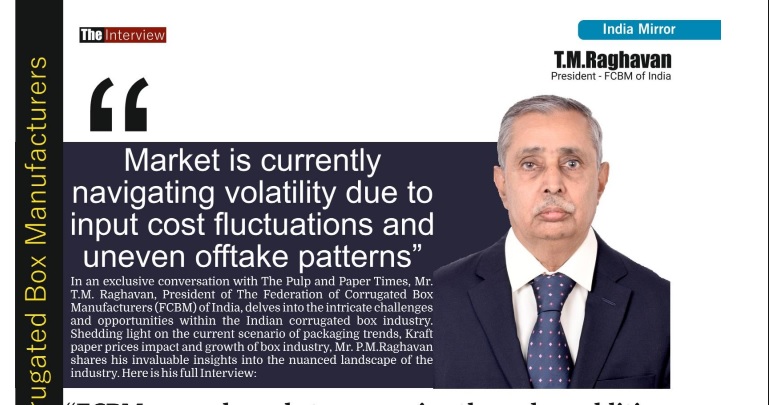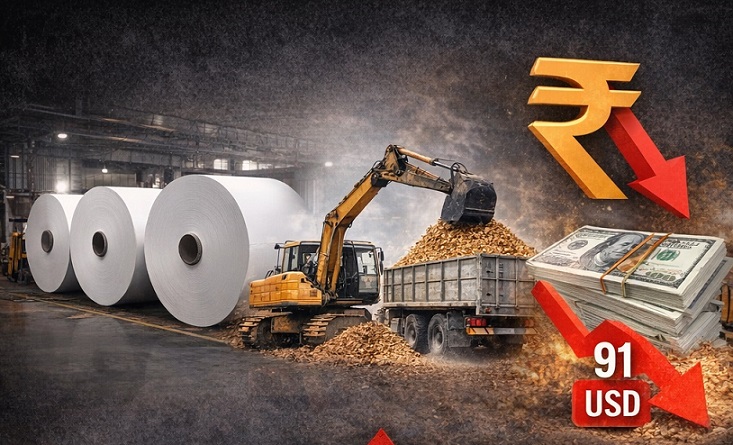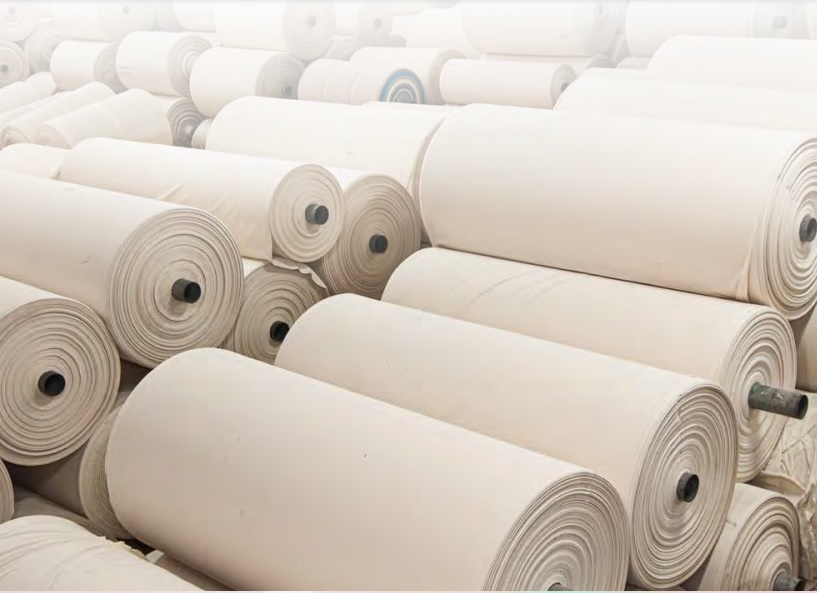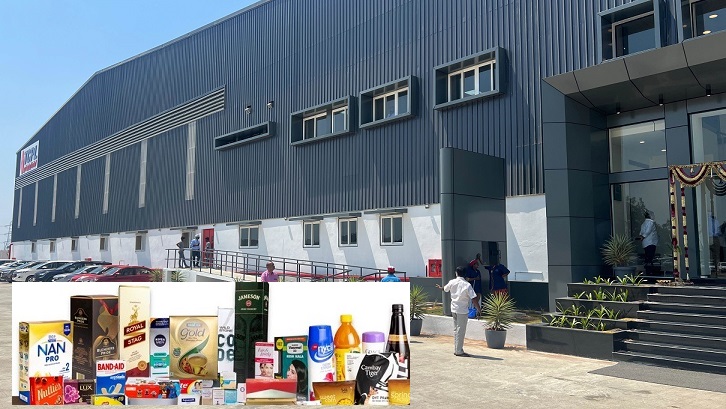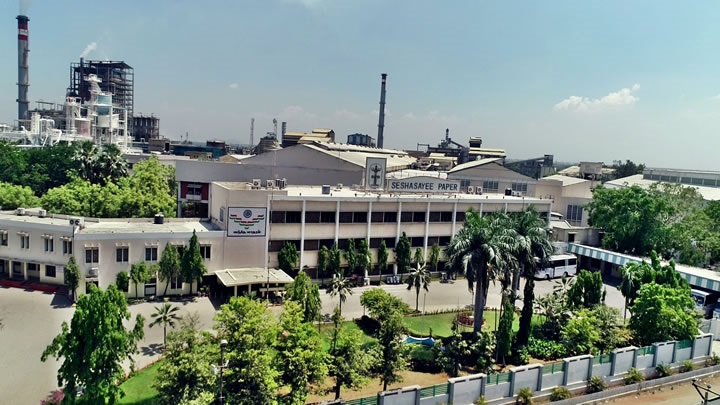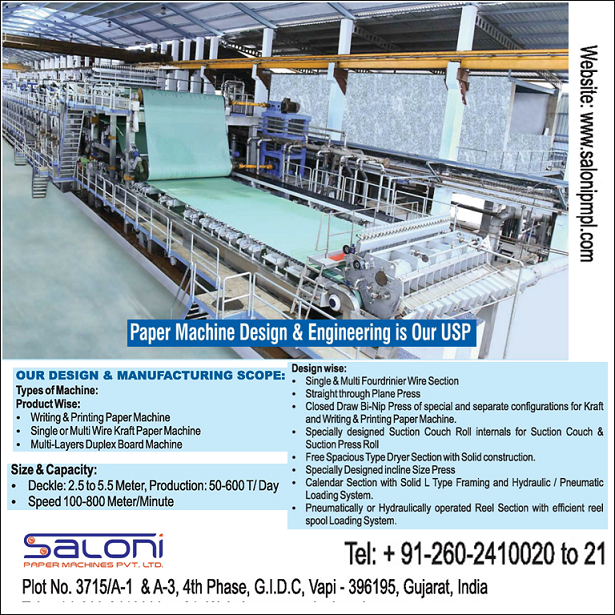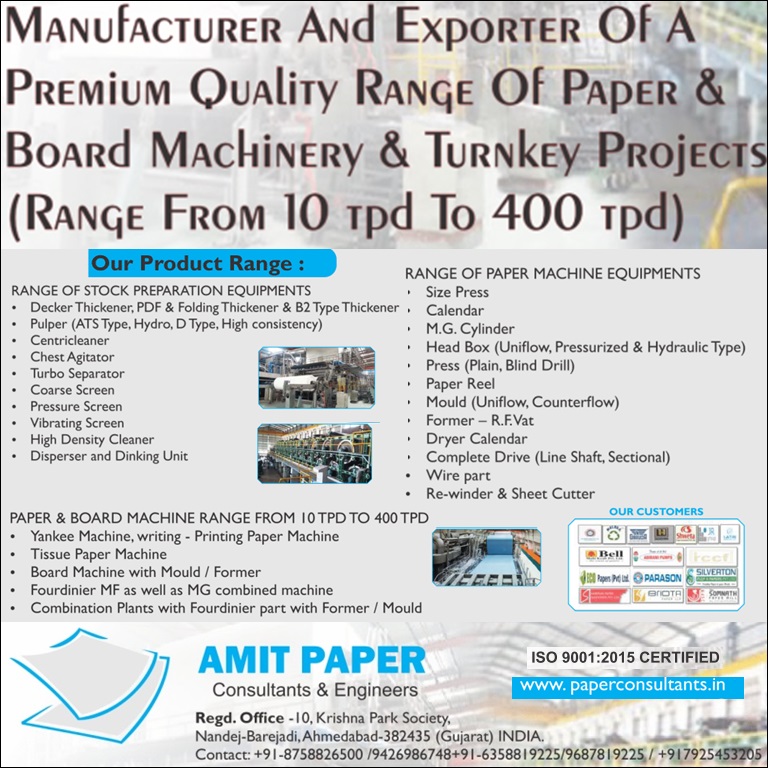Emami Paper embarked on a decisive journey to transform its DNA from a commodity to a specialty paper company
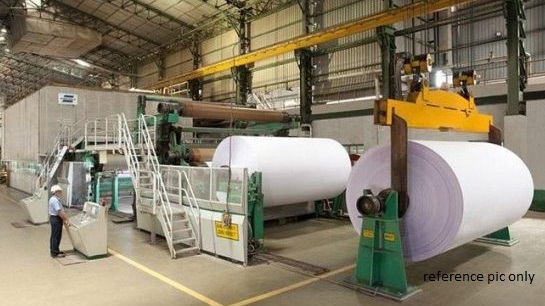
Emami Paper embarked on a decisive journey to transform its DNA from a commodity to a specialty paper company
-EPM consumed FSC-certified imported pulp and wastepaper as its principal raw material and manufactured products with FDA and FSC certifications, emphasizing operational recyclability and decarbonization
-EPM will utilise cash flows of the next few years to invest in a modern pulp mill that reduces its dependence on external (and imported) sources
The Pulp and Paper Times
Emami Paper Mills (EPM) is a modern broad-based paper and paperboard manufacturer. The Company manufactures packaging board, writing and printing paper, and newsprint. During FY 23-24, EPM widened its focus to niche value-added products with the objective to enhance viability. The broad basing has empowered the Company to address diverse and demanding customers in exchange for enhanced revenue visibility. Emami Paper has emerged as a more competitive manufacturer with enhanced sustainability across market cycles.
During the last few years, Emami Paper Mills strengthened its business model that deepened this multi-stakeholder relevance. This business model over the next few years will be progressively deepened, strengthening a commitment to responsibility, profitability and sustainability. Emami Paper is aligned with significant global trends, reinforcing its dedication to enhance stakeholder value across market cycles.
“There is a growing need for companies to engage in the manufacture of value-added products. This commitment makes it possible for companies to generate a superior return on invested capital, and put adequate surplus on the table to service the needs of all stakeholders. Emami Paper is engaged in transforming its DNA with the objective to manufacture niche value-added and low grammage speciality paper products, graduating its business model from one-off transactions to relationship-based annuity engagements,” Mr. Aditya V Agarwal, Executive Chairman of Emami Paper Mills Limited stated in the annual report for FY 23-24.
In a resource-intensive paper manufacturing process, there is a premium on the need to moderate the consumption of water, power and wood-based resources. Over the years, EPM invested in modern manufacturing technologies with the objective to rationalise resource consumption. The Company moderated water consumption by approximately 16% per ton of the final product, reduced power consumption per ton and minimised chemical use per ton of the final product. Besides, EPM consumed FSC-certified imported pulp and wastepaper as its principal raw material and manufactured products with FDA and FSC certifications, emphasizing operational recyclability and decarbonisation.
Mr. Manish Goenka, Vice Chairman of EPM, added, “There is a growing respect for companies that have created secure supply chains within the proximity of their manufacturing plants. This preference is being validated for reasons of proximate logistics leading to lower carbonisation, immediate resource access leading to a lower inventory and captive resource availability leading to value-addition. Emami Paper has embarked on a medium-term exercise to commission a pulp mill that provides it with effective access to a critical resource, moderating its exposure to sectorial volatility and helping the country reduce imports,”
By being completely aligned with the demanding requirements of a rapidly transforming world, Emami Paper is deepening its commitment to drawing from the past, remaining connected to the present and increasing relevance to the future.
Despite a moderate decline in turnover, EPM achieved improved margins, increased EBITDA 1.2%, The Company reported an increased surplus during a challenging sectorial environment as a result of a responsiveness to make strategic changes and reorient its vision.
“The big message that we seek to communicate is that Emami Paper embarked on a decisive journey to transform its DNA from a commodity to a specialty paper company during the last financial year. The green shoots of this dramatic change were visible by the end of the year under review. It is not the quantitative growth of the numbers we reported during the last year that we seek to impress stakeholders with; it is the quality of these numbers that we present for a wider appreciation,” Mr. Vivek Chawla, Whole-time Director and CEO said in the report.
Mr. Vivek Chawla further stated that, At Emami Paper, we recognise that a business as large as ours addressing core national needs cannot be singularly dependent on the global movement in pulp prices. There is a need for a greater predictability in our business model, addressing in turn the downstream predictability needs of our stakeholders. If addressed, this can enhance the sustainability of our business model leading to a superior credit rating, moderated cost of capital, higher surplus cum reinvestment, larger cash on books and a positive corporate momentum to emerge larger and stronger.
During the last financial year, Emami Paper Mills evolved its business direction with the objective to deepen predictability. The Company embarked on the development of new niche grades, commanding attractive realisations and enjoying sustained offtake from long-term institutional buyers. In the face of challenging odds, EPM deepened its focus on the manufacture of value-added packaging board grades and generated a premium on account of consistent product quality and timely service. This quality orientation was also evident in the newsprint segment where the Company’s quality consistency translated into a sustained engagement with prominent media brands.
Niche commitment:
One, EPM made a fuller use of its manufacturing equipment. This legacy equipment on the non-paperboard side of the business was periodically upgraded. This equipment may not be as large as the prevailing economies of scale may warrant but is ideally placed to address niche products of smaller volumes. The Company allocated this equipment to the manufacture of value-added grades fetching realisations considerably higher than the prevailing industry average. This reorientation is proving more effective than the conventional cost moderation approach; the upside arising out of product mix changes is far higher than the extent of cost moderation possible in most cases.
Two, the Company made a deeper investment in the research and development of new niche paper grades. This emphasis represented the following upsides: the Company developed products that were either in short supply in India or presently imported; the Company developed products that addressed the customised needs – nongrease or high-foldability or sublimation paper, for instance - of pharmaceutical and FMCG players across the country. By addressing customised needs, we graduated from the ‘lowest price wins’ business arrangement to a more equitable relationship-driven engagement, marked by better realisations and stable quality.
Three, the combination of deeper research and available manufacturing infrastructure helped the Company bypass the need to make fresh capital investments. The Company activated a decisive change in its business model without straining its Balance Sheet. The result is that the entire exercise to graduate from the commodity to the niche proved to be immediately value-accretive, creating the surplus for onward reinvestment into additional research and product development.
Four, EPM will progressively reorient its product mix from the existing manufacture of newsprint, and writing and printing paper towards speciality paper grades. This is expected to increase realisations from a tonne of manufactured paper, leading to a higher return on employed capital.
Investing in pulp manufacture
Mr. Chawla said, “At Emami Paper, we recognise that while these initiatives will contribute to enhanced profitability and insulate the Company from sharp realisations cyclicality, there will always be a priority in restructuring the Company’s fundamental cost structure arising out its excessive dependence on imported pulp.”
In view of this, EPM will utilise cash flows of the next few years to invest in a modern pulp mill that reduces its dependence on external (and imported) sources, moderates foreign exchange exposure and provides a captive resource on which to build the business. While this investment may not reflect on the revenue side, it could lead to a substantial cost reduction, widening margins.
Complementing this cost reduction priority, the Company will sustain investments in renewable energy (to moderate power costs) and water recycling, underlining its commitment to sustainable manufacture.
“At Emami Paper, we are confident that the combination of these strategies – enhanced value-addition arising from a change in the product mix (commenced) and prospective backward integration – could translate into a complete reinvention of our organisation.” Mr. Chawla concluded.
Export markets: EPM explored new markets in Russia and the USA, while continuing to sustain a presence in Bangladesh and Vietnam. However, profitability in these markets was challenging due to a price war in SouthEast Asia and the Indian subcontinent, triggered by new production capacities in Malaysia and competitive pressures exerted by Chinese and Korean players
Product mix: EPM was aligned to product mix changes in its paper and newsprint segments. The Company made strategic volume tie-ups with media houses, which contributed to the bottomline. The writing and printing paper segment, based on lower bleached hardwood kraft pulp prices and market bullishness, contributed to an attractive bottomline. The Company secured a 6,000 MT tender from Telangana State Textbook Corporation, strengthening offtake and margins.
Moderating revenues, increasing profits: The Company reported a moderate decline in its revenues but a growth in its profits. The revenue of the Company declined by 16% during the year under review but EBITDA grew 1.2%, while the Company’s PAT grew an attractive 21.87%. The Company’s EBITDA margin strengthened 200 bps to 12%; in the fourth quarter of FY 2023-24, the Company recorded an EBITDA margin of 14.90% as against 3.80% in Q4 FY 2022-23.
Web Title: Emami Paper embarked on a decisive journey to transform its DNA from a commodity to a specialty paper company




 Join WhatsApp Group
Join WhatsApp Group Join Telegram Channel
Join Telegram Channel Join YouTube Channel
Join YouTube Channel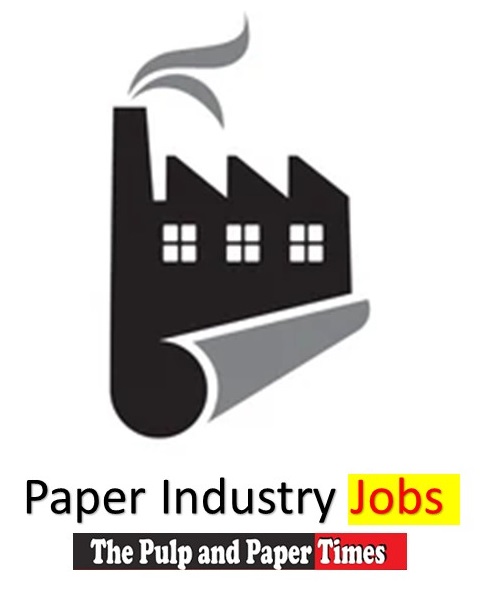 Join Job Channel (View | Submit Jobs)
Join Job Channel (View | Submit Jobs) Join Buy Sell Channel (Free to Submit)
Join Buy Sell Channel (Free to Submit) Paper News Headlines Channel (Free to read)
Paper News Headlines Channel (Free to read)





